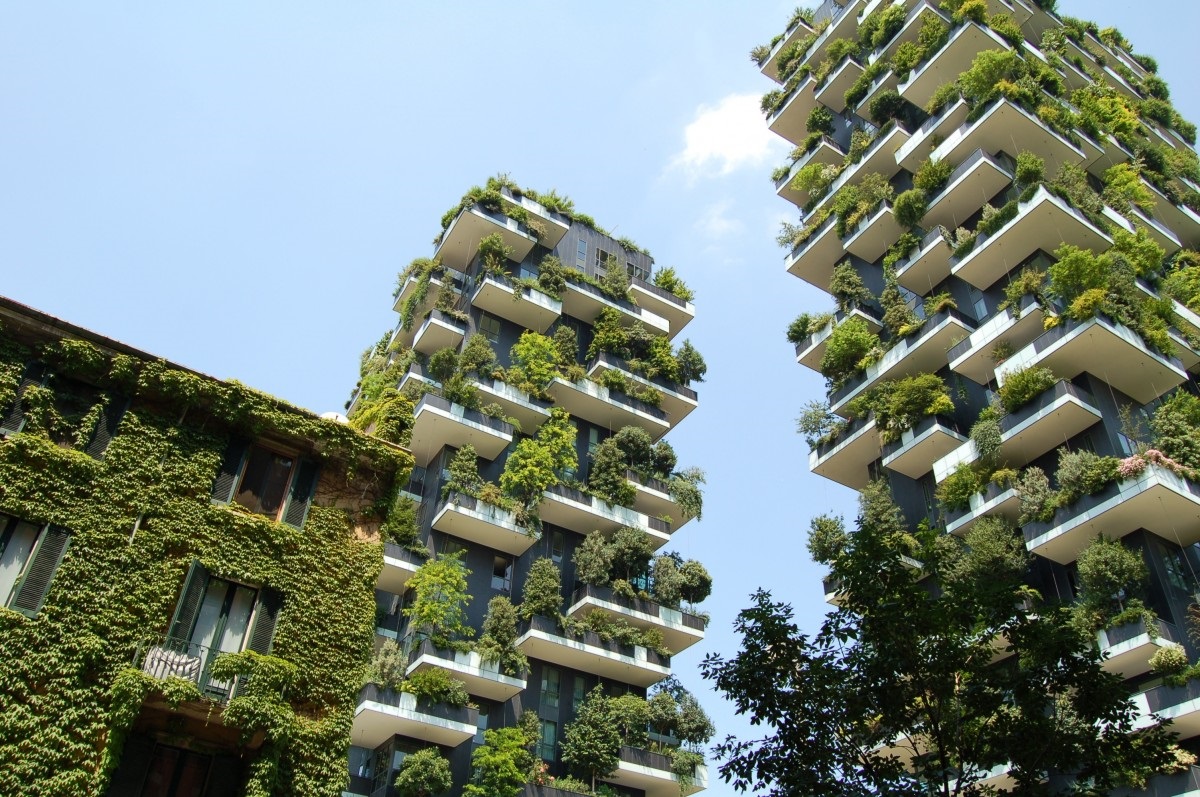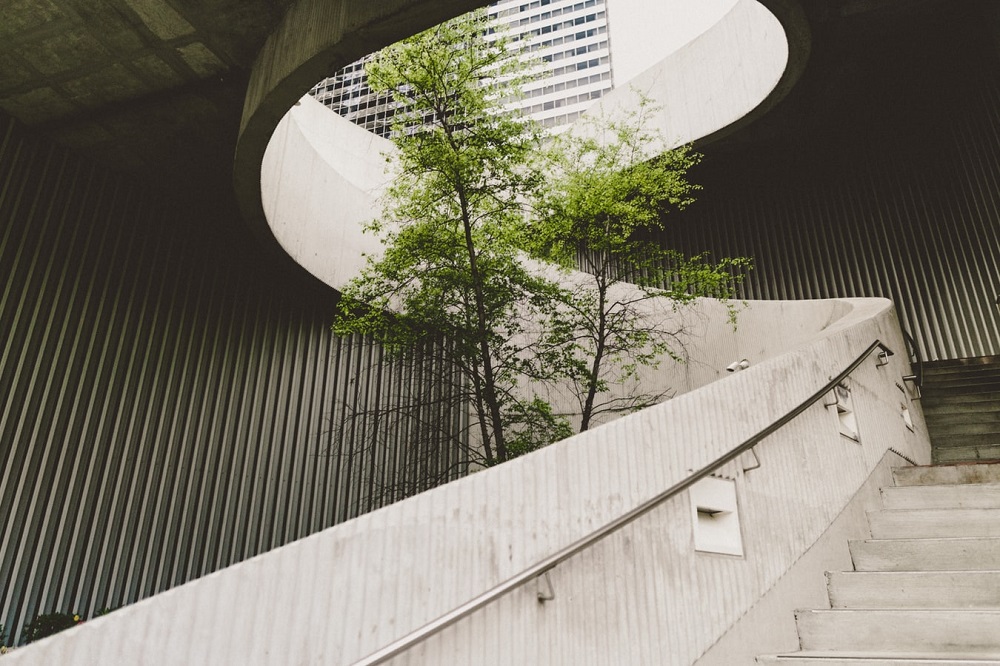Curious about sustainable design? With the threats of global warming becoming bigger, it’s only normal for architecture and design to adapt sustainability as their core building block. To date, it is not just enough to have a cheeky, modern aesthetic; establishments must also be healthier and safer to live in.
If you’re interested in incorporating sustainable design ideas into your project, knowing what it means and learning about its main tenants is important to accurately implement the practice. To help you achieve that, here is a brief guide that will tell you the basics of sustainable design.
Whether it be for your commercial office or residential space, sustainable design is sure to benefit you tremendously. Below is a roundup of everything you need to know about this eco-friendly practice. Read on.

What is Sustainable Design?
As the name implies, sustainable design refers to the practice of designing green buildings and products based on the principles of ecological sustainability. Essentially, its main objective is to reduce the negative impacts on the environment by dropping consumption of non-renewable resources, minimizing waste, and using environmental-friendly products.
What are the Main Tenants of This Practice?
Generally, there are many principles that make up the concept of sustainable design. Among these include the following.
Rely on Natural Energy Flows
One of the main tenants of sustainable design is the reduced dependence on fossil fuel-derived energy. Instead of relying on non-renewable energy resources, the practice utilizes natural energy flows, such as solar power, to complete its project. This, in turn, improves the energy performance of buildings by offering energy independence to tenants.
Optimizes Building Space
No doubt, space optimization immensely affects the costs, productivity, and the efficiency of a building. To date, as millions crowd on the planet, sustainable design seeks to optimize space through the use of eco-friendly materials in the most productive and sustainable way. Normally, the method includes the use of economically feasible and resource-efficient materials to maximize all useable areas in a building.
Protects and Conserves Water
One of the main tenets of sustainable design is water conservation. For a building to be sustainable, it needs to use water efficiently. Among the best examples that mirror this principle is the practice of reusing or recycling water for on-site use.
Enhances Indoor Environmental Quality (IEQ)
Under sustainable design, the indoor sis just as important as the outdoors. Since one of the objectives of the practice is to provide a comfortable and healthy environment to tenants, enhancing the Indoor Environmental Quality (IEQ) of the building is also part of its principles. To do so, architects and designers must ensure that the indoor setting enjoys maximum natural lighting, has appropriate ventilation, practices moisture control, and many others factors.

The Bottom Line
Ready to embrace sustainable design? As the world faces massive and continuous waves of environmental problems, making your residential and commercial space eco-friendly becomes a necessity.
To know more, don’t hesitate to team up with a sustainable design expert today!






